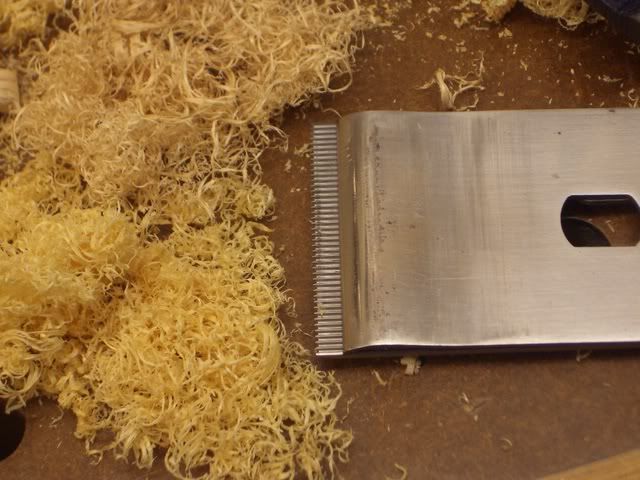iNewbie
Established Member
Gentlemen your opinion(s) please.
At some point I'd like to work with Flame/Birds Eye maple and other woods that are known for giving problems when it comes to smoothing - tear-out.
I've read about York/Middle pitch frogs and LN appears to be the only one who has a replaceable frog - not sure I'd want to do that though.
The Veritas BU smoother looks interesting and I've read about Norris infills being the old weapon of choice. Though some of those are way out of my price range. I wouldn't mind a clifton, but would there be any point --- when I could buy an old stanley. I feel like I'm going around in circles now.
Meanwhile: I'm sure I read online a piece by Chris Swartz saying get the chip breaker up really close and you can use a normal frog.
Thoughts - any most welcome.
At some point I'd like to work with Flame/Birds Eye maple and other woods that are known for giving problems when it comes to smoothing - tear-out.
I've read about York/Middle pitch frogs and LN appears to be the only one who has a replaceable frog - not sure I'd want to do that though.
The Veritas BU smoother looks interesting and I've read about Norris infills being the old weapon of choice. Though some of those are way out of my price range. I wouldn't mind a clifton, but would there be any point --- when I could buy an old stanley. I feel like I'm going around in circles now.
Meanwhile: I'm sure I read online a piece by Chris Swartz saying get the chip breaker up really close and you can use a normal frog.
Thoughts - any most welcome.




































